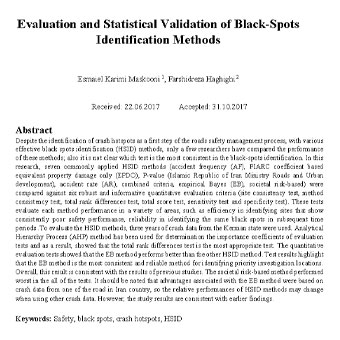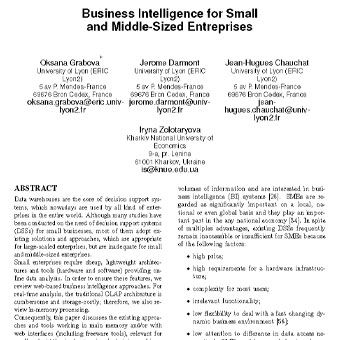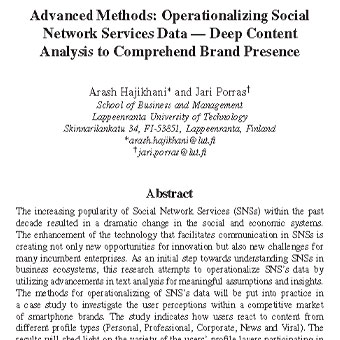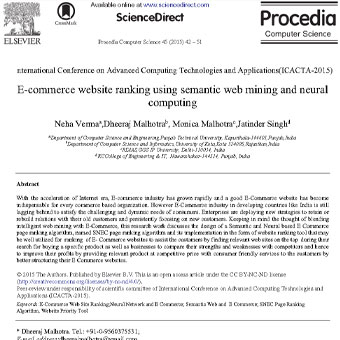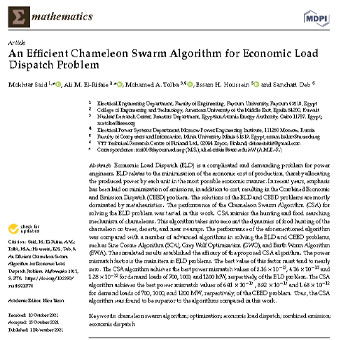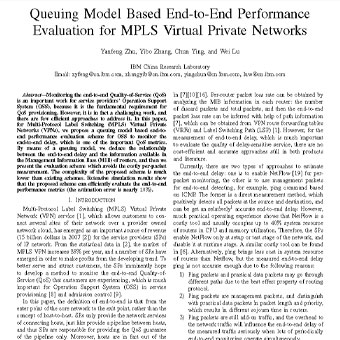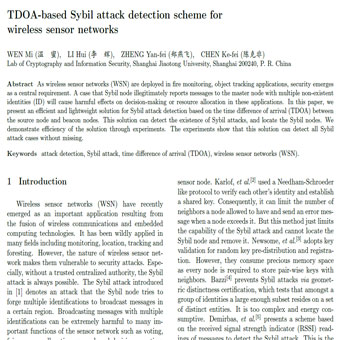عنوان فارسی مقاله:ارزیابی و اعتبار آماری روشهای شناسایی نقاط سیاه
چکیده
با وجود شناسایی نقاط مهم تصادف به عنوان اولین گام در فرآیند مدیریت ایمنی جادهها، با انواع مختلف شناسایی لکههای سیاه موثرمواد و روشها، فقط تعداد کمی از محققان عملکرد این روشها را مقایسه کردهاند. همچنین مشخص نیست که کدام یک از آزمایشات در شناسایی نقاط سیاه بیشترین است. در این تحقیق، هفت روش (فراوانی تصادف) ضریب PIARC فقط بر مبنای خسارت معادل دارایی مقدار پی (وزارت راه و شهرسازی وزارت جمهوری اسلامی ایران)، نرخ تصادف، معیارهای ترکیبی، بیز تجربی، مبتنی بر ریسک اجتماعی در برابر شش معیار ارزیابی کمی قوی و آموزنده مقایسه شد (آزمون پیوستگی سایت، آزمون پیوستگی روش، آزمون اختلاف اختلاف کل، آزمون نمره کل، تست حساسیت و تست ویژگی) سه سال از دادههای تصادفات از استان کرمان استفاده شد. از روش تحليل سلسله مراتبي (AHP) براي تعيين ضرايب اهميت آزمونهای ارزيابي استفاده شده است و در نتيجه، نشان داد كه آزمون اختلاف كل مناسبترین آزمون است. آزمون ارزیابی کمی نشان داد که روش EB عملکرد بهتری نسبت به روش دیگر HSID دارد. نتایج آزمون تأکید میکند که روش EB سازگارترین و مطمئنترین روش برای شناسایی مکانهای تحقیق اولویت است. به طور کلی، این نتیجه با نتایج مطالعات قبلی سازگار است. روش مبتنی بر ریسک اجتماعی در همه آزمایشات بدترین حالت را داشت. لازم به ذکر است که مزایای مرتبط با روش EB مبتنی بر دادههای تصادف یکی از جادههای کشور ایران بود، بنابراین عملکرد نسبی روشهای HSID هنگام استفاده از دادههای خرابی دیگر ممکن است تغییر کند. با این حال، نتایج مطالعه مطابق با یافتههای قبلی است(اعتبار آماری روشهای شناسایی نقاط سیاه).
- لینک دانلود فایل بلافاصله بعد از پرداخت وجه به نمایش در خواهد آمد.
- همچنین لینک دانلود به ایمیل شما ارسال خواهد شد به همین دلیل ایمیل خود را به دقت وارد نمایید.
- ممکن است ایمیل ارسالی به پوشه اسپم یا Bulk ایمیل شما ارسال شده باشد.
- در صورتی که به هر دلیلی موفق به دانلود فایل مورد نظر نشدید با ما تماس بگیرید.
 متن به فارسی | ترجمه مقالات و متون علمی | ترجمه و دانلود مقالات و انواع متون علمی و ادبی و پذیرش سفارش ترجمه
متن به فارسی | ترجمه مقالات و متون علمی | ترجمه و دانلود مقالات و انواع متون علمی و ادبی و پذیرش سفارش ترجمه
